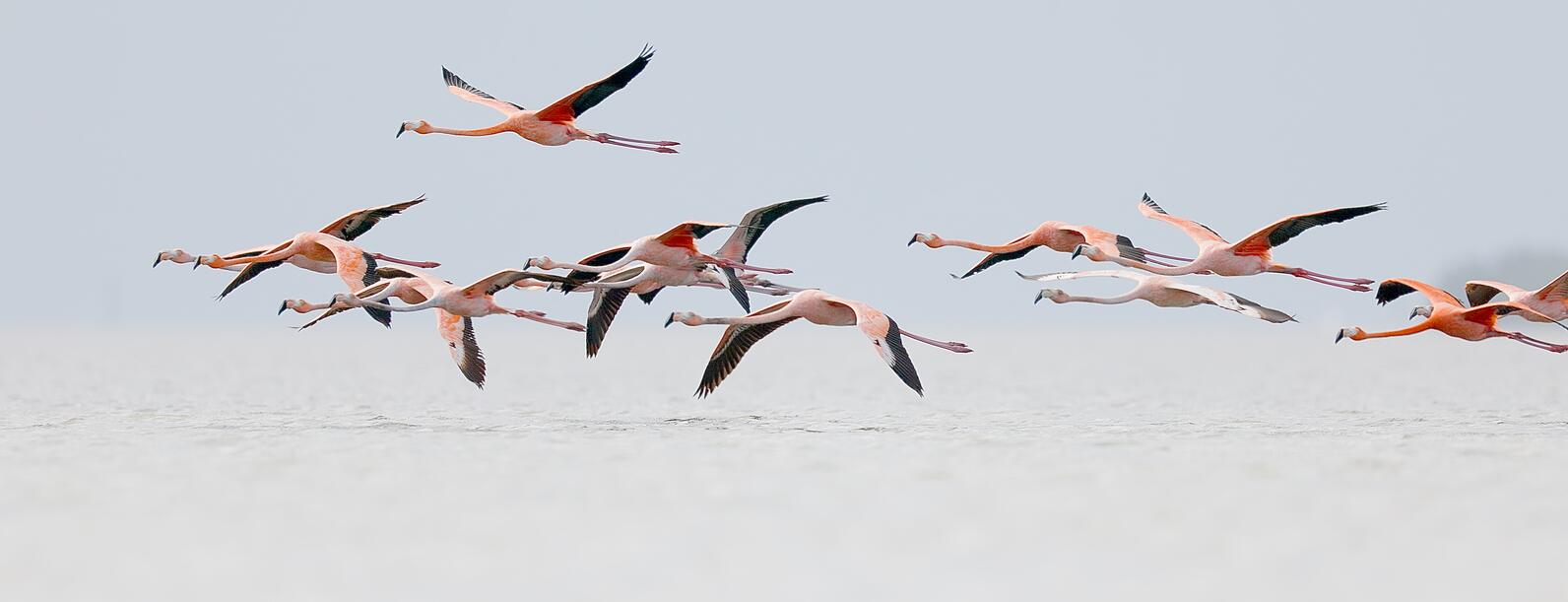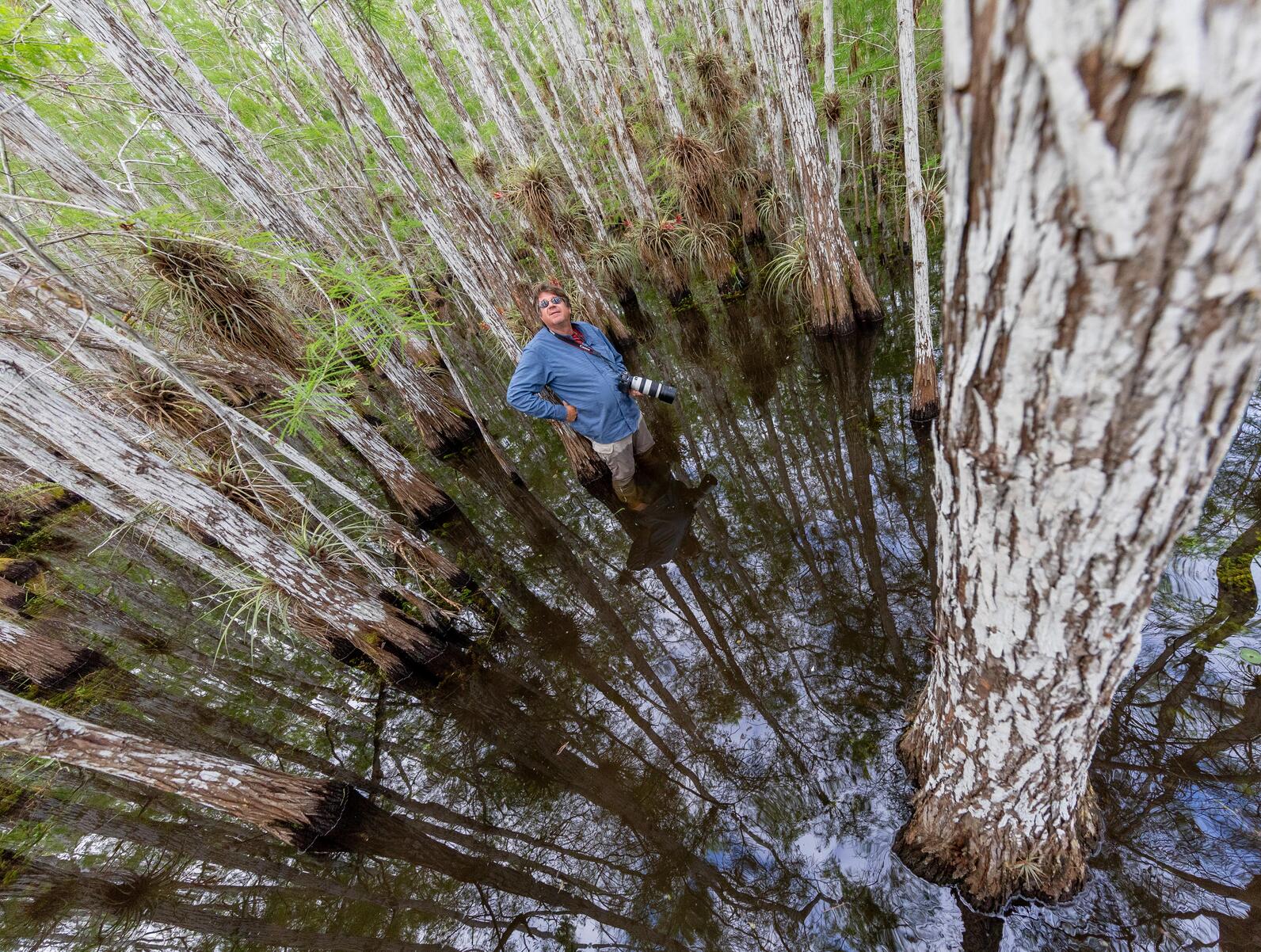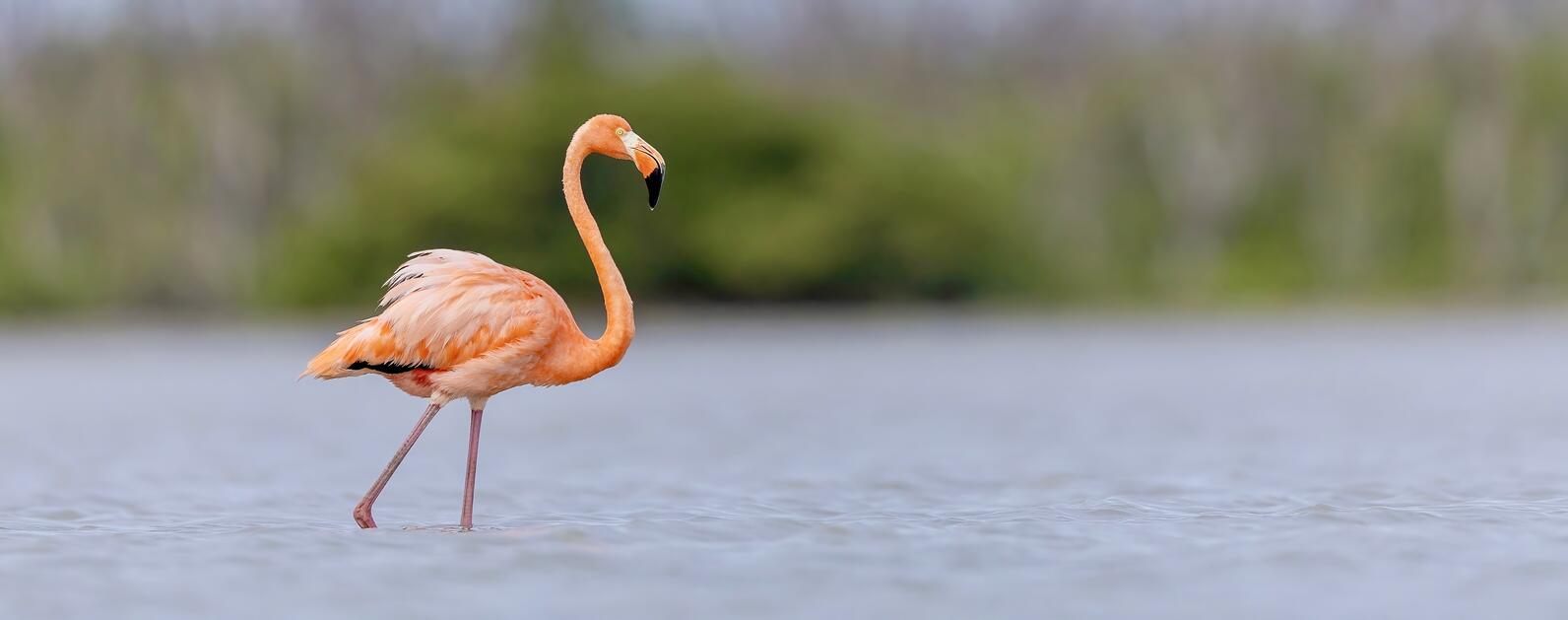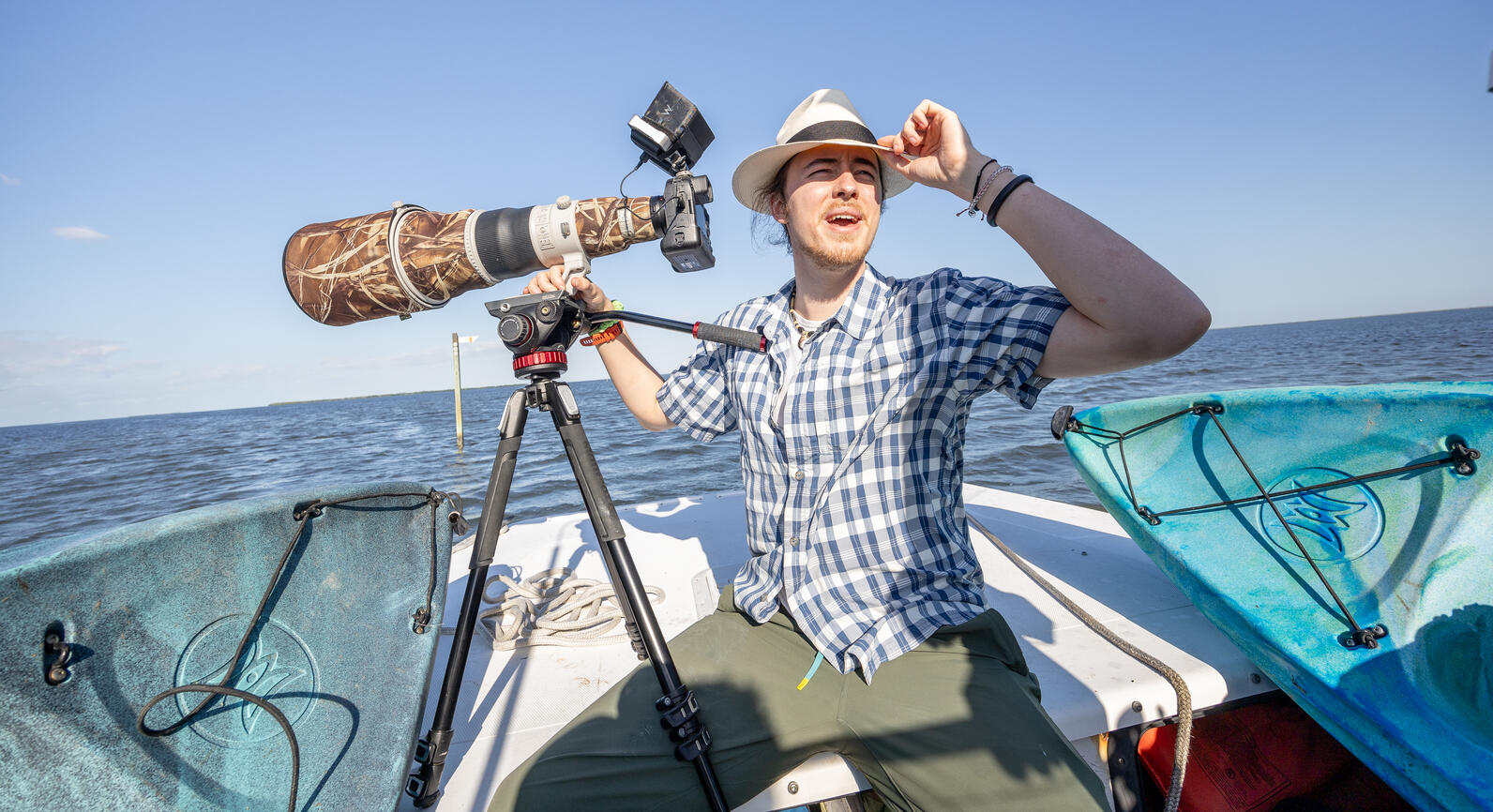The Everglades remains among the most spectacular places I have ever visited. With a variety of habitats to choose from and dynamic wildlife to search for, it was an easy choice to include the Everglades in Flyway of Life, a film that I am producing in association with the National Audubon Society and Canon USA. The project will focus on the Atlantic flyway and will profile many of the bird species and animals that make up its vast chain of ecosystems and environments.

The Everglades is a vital environment for a wide array of both endemic and migratory bird species. Our goal was to film many of the birds who utilize the Everglades’ spectacular environment as a pitstop as well as also showcasing the resident birds (and humans) that call this stretch of wilderness home.

What makes the Everglades special to me are the diverse habitats that it possesses. In the words of my assistant and cameraman, Collin Moura, “You never stop finding things to do while in the Everglades.” But to fully take advantage of this fact, you need the right guide or expert to show you the way. This is why we hired Garl Harrold, owner of Garl’s Coastal Kayaking and friend of many of the folks at Audubon Florida, to take us to some of his choice spots. Garl has been operating in the area for years and with his experience with guiding film crews and always respecting the wildlife, he was an easy choice. To this day, I consider Garl among the most determined and hard working naturalists I have ever worked with.
One of my favorite spots that Garl took us was on the water. The coastline along Florida Bay presents many opportunities to film a large variety of birds. Using a lens or pair of binoculars, we were able to target different bird species that feed and rest on the mudflats. Timing the tide was important, as this can make or break the expedition, because of the shallow and flat nature of ocean bottom, tides move quickly and if you get stuck there is little you can do but wait for the tide to come back in. Among the birds seen were resident birds such as Brown Pelican, Osprey, and multitude of heron species as well as migrating birds that utilize flyways such as American White Pelicans, plovers, and Sanderlings. Falling somewhere in the middle are Roseate Spoonbills, birds that are described as “wanderers," moving in and out of different habitats around the bay depending on the time of year.


While the marina we’d launch from was called “Flamingo,” as of the writing of this article there are officially no breeding flamingos in Florida. However, after Hurricane Irma, American Flamingos mysteriously appeared along the salt flats in Florida Bay. According to State Research Director Jerry Lorenz, PhD, and the team at Audubon Florida, these flamingos were taken off course from their typical migration routes due to the storm and ended up in the Everglades. The flamingos here can be an example of how migration coupled with environmental factors can lead to new populations of species popping up in different regions. Whether or not these flamingos will remain in Florida is unknown and only time will tell whether the flamingos decide to make Florida Bay their new home…

Black Skimmers and American White Pelicans can be common sights during early spring along the mudflats in early to mid-spring. Depending on the population, many of the birds utilize the coastal sections of the Everglades as a “pit stop” along their journey. Some Black Skimmers find their way farther north, traveling along the Atlantic flyway.

The Everglades is integral for both the health of birds as well as Florida as a whole. If you are interested in following along and learning more about release details for Flyway of Life, be sure to check out flywayfilm.com and subscribe to the newsletter. Until next time, this is Tomas Koeck wishing you many birds, amazing landscapes, and maybe even a flamingo on your next adventure!
Tomas Koeck is an award-winning filmmaker, Canon USA-backed photographer, speaker/presenter, and expeditionist. In simpler terms, he’s a storyteller, an environmentalist, and, most importantly, an optimist. He has been on assignment for National Geographic, Smithsonian Channel, PBS Nature, and others covering stories throughout North America and seeks to give a voice to wildlife through journalism, storytelling, and advocacy.







